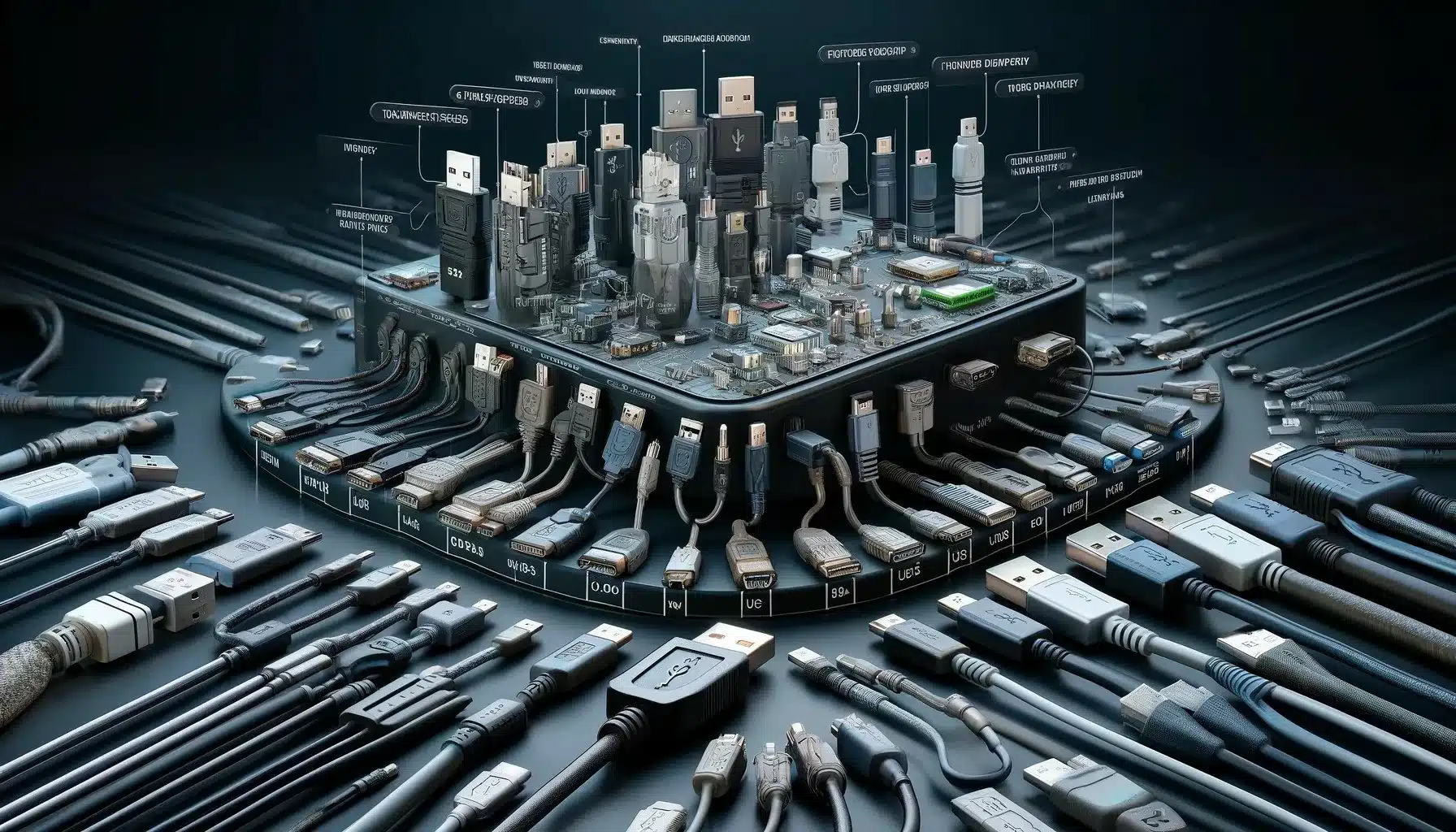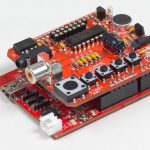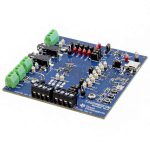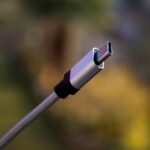
Introduction
In today’s modern and interconnected world, USB (Universal Serial Bus) has become an indispensable technology for connecting devices and transferring data. With its ubiquity across various devices, understanding USB specifications for cables, plugs, and jacks is essential for consumers and tech enthusiasts alike. A deep insight into USB specifications can provide users with access to faster data transfer speeds, enhanced power delivery capabilities, and versatile connector designs.
Our handy article uncovers the intricacies of USB specifications, providing clarity on the different specifications for USB connectors, cables, and jacks.
USB Specifications Explained: Unlocking Their Significance
USB specifications for cables, plugs, and jacks refer to the standards set by the USB Implementers Forum (USB-IF). Adhering to these standards also helps prevent issues such as compatibility problems and electrical damage to devices. These specifications ensure compatibility and interoperability among various USB devices manufactured by different companies.
USB specifications cover multiple aspects, such as the physical design of connectors and cables, electrical characteristics, data transfer rates, power delivery capabilities, and other features like backward compatibility with older USB standards. Additionally, USB specifications are of prominent significance for ensuring the USB devices can communicate effectively with each other and operate within the expected parameters.
A Brief Introduction to USB Cables, Plugs, and Jacks: Understanding the Basics
Understanding the basics of USB cables, plugs, and jacks can help users choose the right cables, understand compatibility, and make the most of their devices’ connectivity features. A brief introduction to these essential components includes:
- USB Cables – USB cables can connect multiple devices for data transfer or charging. They consist of a wire and connectors at each end. There are several USB cable types, each designed for different uses and devices.
- USB Plugs and Jacks —The terms “plug” and “jack” refer to the male and female parts of a connection, respectively. The plug is the part you insert into another device, while the jack is the port or socket where you insert the plug. USB plugs are designed to fit into the corresponding USB jack on a device, while USB jacks are ports on devices such as computers, smartphones, and cameras designed to accept a USB plug.
What are the Key Aspects of USB Cable Specifications?
USB cables facilitate data transfer and power delivery between devices. Different USB cable specifications determine their compatibility and performance. Some key aspects of USB cable specifications include:
- Cable Length: USB cables come in various lengths, ranging from a few inches to several feet. Longer cables may experience signal degradation, impacting data transfer speeds and power delivery capabilities.
- Cable Gauge: The cable gauge refers to its thickness, which affects its ability to carry electrical current. Thicker cables (lower gauge numbers) can carry more current, making them suitable for fast charging and high-power applications.
- Data Transfer Speed: USB cables are rated for specific data transfer speeds based on the USB standard they adhere to. For example, USB 2.0 cables support data transfer rates of up to 480 Mbps, while USB 3.x cables offer higher speeds depending on the version (e.g., 5 Gbps for USB 3.0, 10 Gbps for USB 3.1, and 20 Gbps for USB 3.2).
- Power Delivery: Some USB cables support power delivery capabilities, allowing the transmission of higher power levels for charging devices. USB-C cables, in particular, can deliver higher power levels, enabling fast charging of compatible devices.
Understanding USB Plug and Jack Variants: An Insight to Their Popular Types
USB plugs and jacks are the physical connectors that allow devices to interface with USB cables. Each USB plug and jack variant is designed for specific applications, offering different sizes, shapes, and functionalities to meet diverse user needs. Common plug and jack variants include:
- USB Type-A: The traditional USB plug and jack commonly found on computers, chargers, and peripherals.
- USB Type-B: Typically used for connecting peripherals, including scanners, printers, and external hard drives to computers.
- USB Type-C: The modern, reversible plug and jack design used in many smartphones, tablets, laptops, and peripherals.
- Micro-USB: A smaller variant commonly found in older smartphones, tablets, and other portable devices.
- Mini-USB: An older, smaller variant used in various electronic devices before the widespread adoption of Micro-USB.
USB Versions and Data Transfer Speeds
Higher data transfer speeds enable faster file transfers, improving productivity and efficiency in various applications. USB specifications define data transfer speeds, which vary depending on the USB standard and generation. The following are the typical data transfer speeds for different USB standards:
- USB 2.0: Up to 480 Mbps
- USB 3.0 (also called USB 3.1 Gen 1): Up to 5 Gbps
- USB 3.1 (also known as USB 3.1 Gen 2): Up to 10 Gbps
- USB 3.2: Up to 20 Gbps
- USB4: Up to 40 Gbps.
USB Power Delivery (PD) Specifications
USB power delivery is a specification allowing higher power to be carried over USB connections. It is a key feature introduced in USB 3.1 and later versions, enabling larger devices such as laptops to be charged over a USB connection, with power levels up to 100W. This is a significant increase over previous specifications and is only available with USB Type-C connectors, ensuring efficient and safe charging while supporting various voltages and currents.
USB Backward Compatibility Considerations
USB specifications often maintain backward compatibility, allowing newer devices to work with older USB ports. These specifications also ensure that devices from different manufacturers can connect and communicate effectively. By adhering to a common set of standards, multiple devices (regardless of their brand or model) can work seamlessly together. For example, USB-C ports are designed to be compatible with older USB devices using adapters or cables.
Final Thoughts
The evolution of USB specifications for cables, plugs, and jacks reflects the growing demand for faster data transfer rates, more efficient power delivery, and greater ease of use. This article provided a complete insight into the USB standards so that users can make informed decisions when selecting USB cables and peripherals for their devices. By staying informed about the latest trends and developments, users can leverage new features and capabilities offered by the latest USB standards.




















